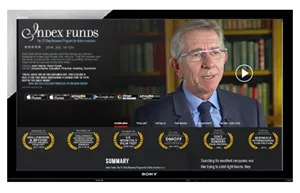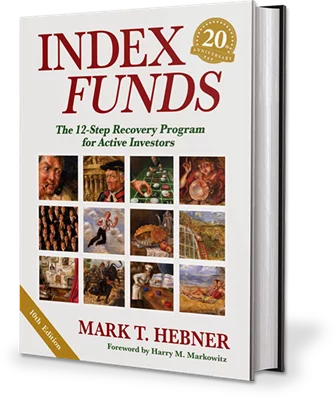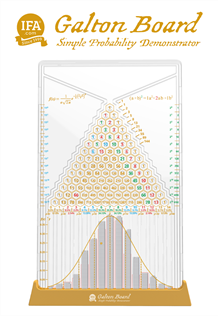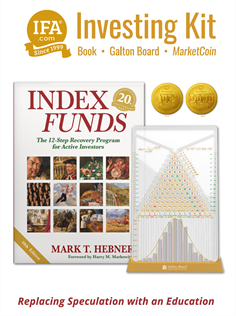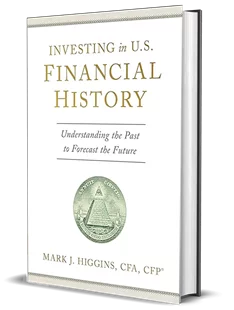As passive investing's popularity grows, so has a chorus of cries from active managers that indexing is eroding corporate governance. Critics like Arc Investment Management's Cathie Wood, venture fund manager Marc Andreesen and Tesla founder Elon Musk foster claims that indexers have "gone too far" in making corporate boards less aligned with the so-called smart money. They also raise arguments that indexing's democratization of Wall Street has led to a "massive misallocation of capital."
It's a topic we've addressed in the past. A bigger picture view, however, might suggest this type of fear-mongering is something of a Trojan horse. As you can see from the chart below, net flows — the difference between new money coming into a fund and sums taken out (i.e., redemptions) — have been moving for decades into passively managed index funds and exchange-traded funds.
The actual history of passive management's ascent isn't just a fund flows story, though. Apart from investment flows, the amount of assets actually held in mutual funds and ETFs reveals a quite different picture. Remember, net assets are a function of both money going into funds as well as market appreciation.
Along those lines, consider the graphic below, which breaks down combined total assets accumulated by active and passive managers over the past 25-plus years. It shows active fund managers — even with some notable hiccups — have been able on the whole to take advantage of market appreciation over time.
The contrast is striking. It reminds us of an old industry axiom: Funds are typically sold, not bought. It's a pragmatic reflection of how too many people simply go with a broker's sales pitch or choose investments on the basis of popularity and name recognition. After all, active fund distributors have enjoyed many more decades to sell their wares. It wasn't so long ago that active managers faced little (if any) competition from passive strategies. Only with the advent of a retail marketplace for index funds in the 1970s and growth of ETFs after 2012's "tech wreck" did indexing really start to catch a second wind.
So, despite such a massive shift of investment sentiment as indicated by more recent inflow numbers, a deeper look into the overall data shows there are still far more assets held by actively managed funds than those run in a passive fashion.
Still, major financial news publications continue to report that passive fund managers are overtaking their active rivals. IFA's wealth managers, though, like to point out these views are largely focused on inflow and outflow trends. As you can see from the data compiled above, this doesn't provide a complete picture.
Also, it's probably worth noting how we derived such a statistical analysis. Our efforts have included digging into data supplied by leading third-party fund databases. Disturbingly, we've found several inconsistencies in how completely (and regularly) index funds and ETFs are identified as either passive or active. In the end, we've wound up using the most comprehensive and consistent set of data available to us for this type of comparison, which was provided by the Investment Company Institute.
This is an important footnote to our research since some pundits disparage ICI's database for its reliance on information collected from members of the industry-sponsored trade group. In this case, we've examined ICI's methodology and found it to be rigorous in scrubbing data provided directly by fund companies. In particular, there appears to be little incentive by ICI's members to inflate numbers since these are published only after a one-month lag.
In other words, ICI researchers have time to routinely double-check reported numbers. Indeed, they tell us before finalizing any research reports, dozens of different types of data checks are performed prior to publication. (It also hasn't escaped our review that many of the industry's top data services also use data compiled by ICI's research staff.)
Taking a more comprehensive view of the U.S. funds market provides IFA's wealth advisors with a harsh dose of reality to pass along to investors. Unfortunately, we feel an obligation to report that our research continues to show that active managers remain as the dominate force in the U.S. marketplace. As a result, we urge you to keep being vigilant about investing alongside fund managers who don't try to outguess markets.
To help you stick to such an investment discipline, we've continued development of online educational tools. For example, our Risk Capacity Survey is designed to measure how much portfolio risk is appropriate in an IFA Index Portfolio at any given time. This and a range of other free resources are built for use on a desktop, laptop and through the IFA App, which is available to download from both the Apple App Store and the Google Play Store for Android. We also invite you to take advantage of a complimentary financial plan to help in setting up and tracking your progress in building wealth over a lifetime.
This is not to be construed as an offer, solicitation, recommendation, or endorsement of any particular security, product or service. There is no guarantee investment strategies will be successful. Investing involves risks, including possible loss of principal. Performance may contain both live and back-tested data. Data is provided for illustrative purposes only, it does not represent actual performance of any client portfolio or account and it should not be interpreted as an indication of such performance. IFA Index Portfolios are recommended based on time horizon and risk tolerance. For more information about Index Fund Advisors, Inc, please review our brochure at https://www.adviserinfo.sec.gov/ or visit www.ifa.com.




